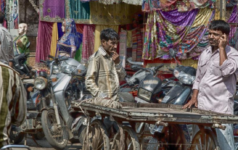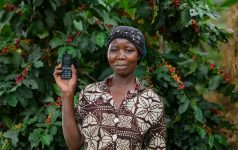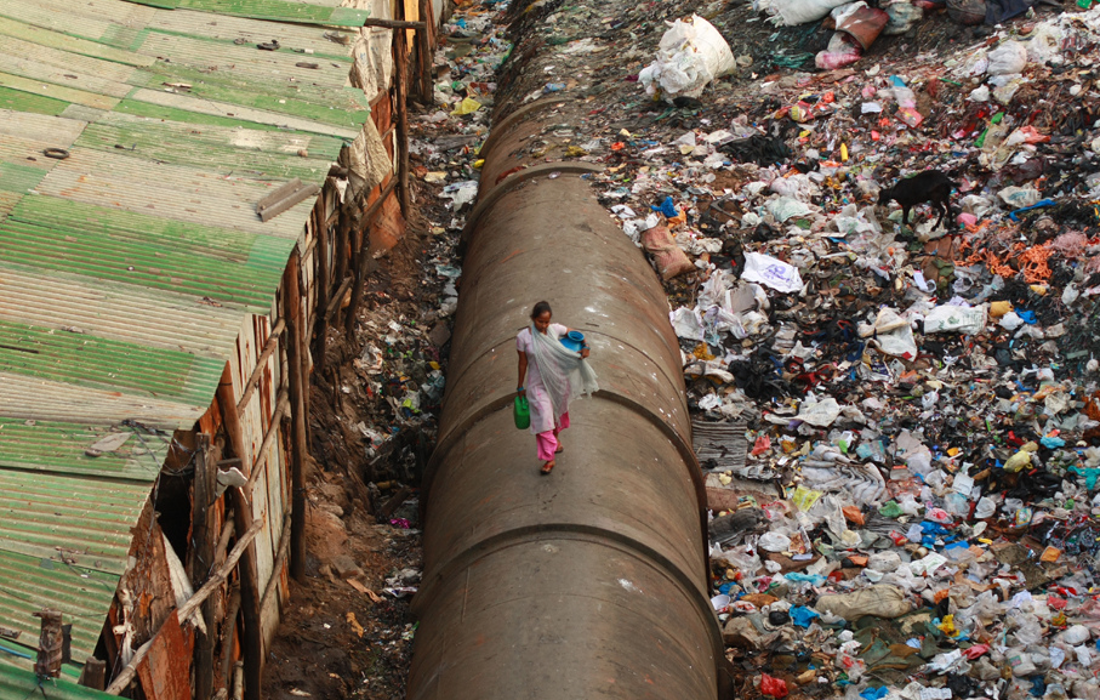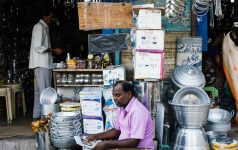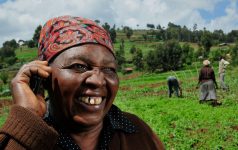At an estimated 8 trillion USD across the globe and 375 billion USD in low and lower-middle-income countries alone, person-to-government (P2G) payments make up a significant part of the payments landscape. The value proposition for digitising these payments is clear—and compelling:
- For governments: The promise of improved finances (driven by reduced costs and leakages), greater operational efficiency, and an opportunity to dramatically improve governance (increase transparency, address corruption, better understand consumers, etc.). For example, the education ministry in Côte d’Ivoire is now making policy decisions based on data collected on 1.5 million students as part of a school registration payment process.
- For financial service providers (FSPs): The opportunity to strengthen existing business lines, expand to new ones, and explore new business models, thereby increasing value for current and new customer segments. For example, in the Philippines, Globe, a major mobile network operator (MNO), considers investments in P2G solutions as a way of attracting and retaining customers. In Rwanda, MVEND, a payments aggregator, is considering using data collected through the digital P2G payment process to offer small and microloans to low-income families for secondary school.
- For consumers, including the unbanked and underbanked: A way to transform how they interact with their government (faster, cheaper, and more convenient and transparent) and a potential pathway to financial inclusion (by opening accounts and access to digital financial services [DFS]). In India, users of Karnataka’s comprehensive e-governance platform, MobileOne, suggested during interviews with our team that they could take on more work and earn an additional 1,000–3,000 INR (15–45 USD) per month by using the time saved travelling to and from government payment points.
Yet, digitising these payments has received relatively little attention to date, particularly in relation to other types of payments such as government-to-person (G2P), remittances, and merchant payments. This is the first comprehensive study to systematically examine the opportunities and challenges associated with digitising P2G payments. In undertaking this study, we sought to answer two central questions: (i) “Can digitising P2G payments help drive the financial inclusion of poor consumers?” and, (ii) “What does it take to set up efficient, sustainable, and inclusive payment systems for government fees and services?”
Following a preliminary global scan of 61 initiatives, we studied 9 diverse P2G initiatives across 7 countries, focusing on those in Rwanda, the Philippines, and India, where we conducted in-country research. These initiatives cover a range of use cases—from school fees to transport to small business registration— that we thought could have relevance to the unbanked. The scan includes examples of successful and failed initiatives.

